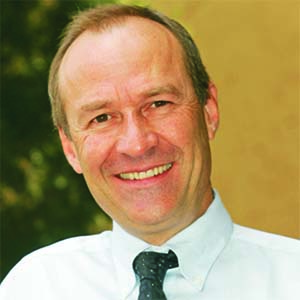Why will there be no American driver on the Formula One grid in 2018?
 By Graham Duxbury
By Graham Duxbury
Historically, American-born drivers have fared particularly well “on the other side of the pond”. Two of them have lifted the sport’s ultimate prize – the F1 world drivers’ championship.
Phil Hill won it in 1961 driving for Ferrari and Mario Andretti – probably one of the most versatile drivers of all time – took the title in 1978 behind the wheel of Colin Chapman’s revolutionary (and exceptionally beautiful) Lotus 79.
In fact, Andretti is the last American driver to win a F1 race – the 1978 Dutch Grand Prix. Incidentally, his first F1 win came at Kyalami, in a Ferrari, in 1971.
What F1’s new American owners, Liberty Media, desperately need is a young American driver who can follow in Andretti’s footsteps to boost F1’s popularity in the US and tap into some of the spectator passion which is reserved for heroes of the domestic NASCAR “stock car” series.
Many expected the US-born businessman Gene Haas to include an American driver in his fledgling F1 team when it entered the sport in 2016. Haas is currently the only American team in F1. It is the first to fly the “stars and stripes” since the Penske team which remains the last American outfit to win a F1 race when Irishman John Watson triumphed in the 1976 Austrian GP.
One of the most determined and charismatic American teams to mount an assault on F1 was All American Racers, founded by Dan Gurney and Caroll Shelby in 1964. Gurney, who was widely regarded at one of the most talented F1 drivers of the 1960s, won the 1967 Belgian GP but then shelved further F1 plans after the 1968 season. He went on to race successfully in the US.
There have been failures. Team Haas Lola, owned by Carl Haas (no relation to Gene), collapsed without success due to lack of funding in 1986, while the USF1 team – with a mission to promote American drivers and technology – never got off the ground despite being granted an entry for the 2010 season.
Is there a bright future ahead for one or more talented American F1 drivers? Despite Haas team principal Gunter Steiner saying there is currently no suitable driver ready to step into a F1 car, there are many who believe the talent is out there. It just needs to be identified, honed and perfected.
Californian Alexander Rossi, a race winner in the GP2 feeder series, completed a partial F1 campaign in 2015, becoming the first American to contest a GP since Scott Speed in 2007. However, he returned to the US and won the prestigious Indianapolis 500, seemingly securing his immediate future in the IndyCar single-seater series.
A more suitable contender, in many fans’ opinion, is current IndyCar champion, Josef Newgarden. While the 26-year-old Tennessee-born racer is keen to make the switch to F1, he says his focus is on retaining his IndyCar title in 2018. Would an infusion of F1-league money change his mind?
Newgarden has an impressive pedigree. He spent his early years competing in Europe in Formula Ford, Formula Palmer Audi and GP3. He returned to the US in 2011 to win the Indy Lights title. After five seasons in IndyCar, he was signed by the Penske team which was able to give him a car to match his talent.
While McLaren team boss Zak Brown agrees that Newgarden is an outstanding talent, he suggests that four-time IndyCar champion Scott Dixon would also be an ideal candidate. In an interview with ESPN he said that Dixon, at 37 years of age, is not too old for F1 as he is “extremely fit, very dedicated and as fast as ever”.
Newgarden and Dixon would not be the first American single-seater champions to compete successfully in F1. In addition to Mario Andretti, the list includes Canadian Jacques Villeneuve (F1 world champion in 1976), and the Columbian, Juan Pablo Montoya, who became a multiple F1 winner.
Of course, there were drivers who excelled and were highly regarded States-side but failed to impress in F1 – for any number of reasons. This list is more extensive and includes Alex Zanardi, Danny Sullivan, Michael Andretti, Sebastien Bordais and Cristiano da Matta.
Which way will the pendulum swing for the next American to cross the Atlantic and brave the shark-infested waters of F1?
